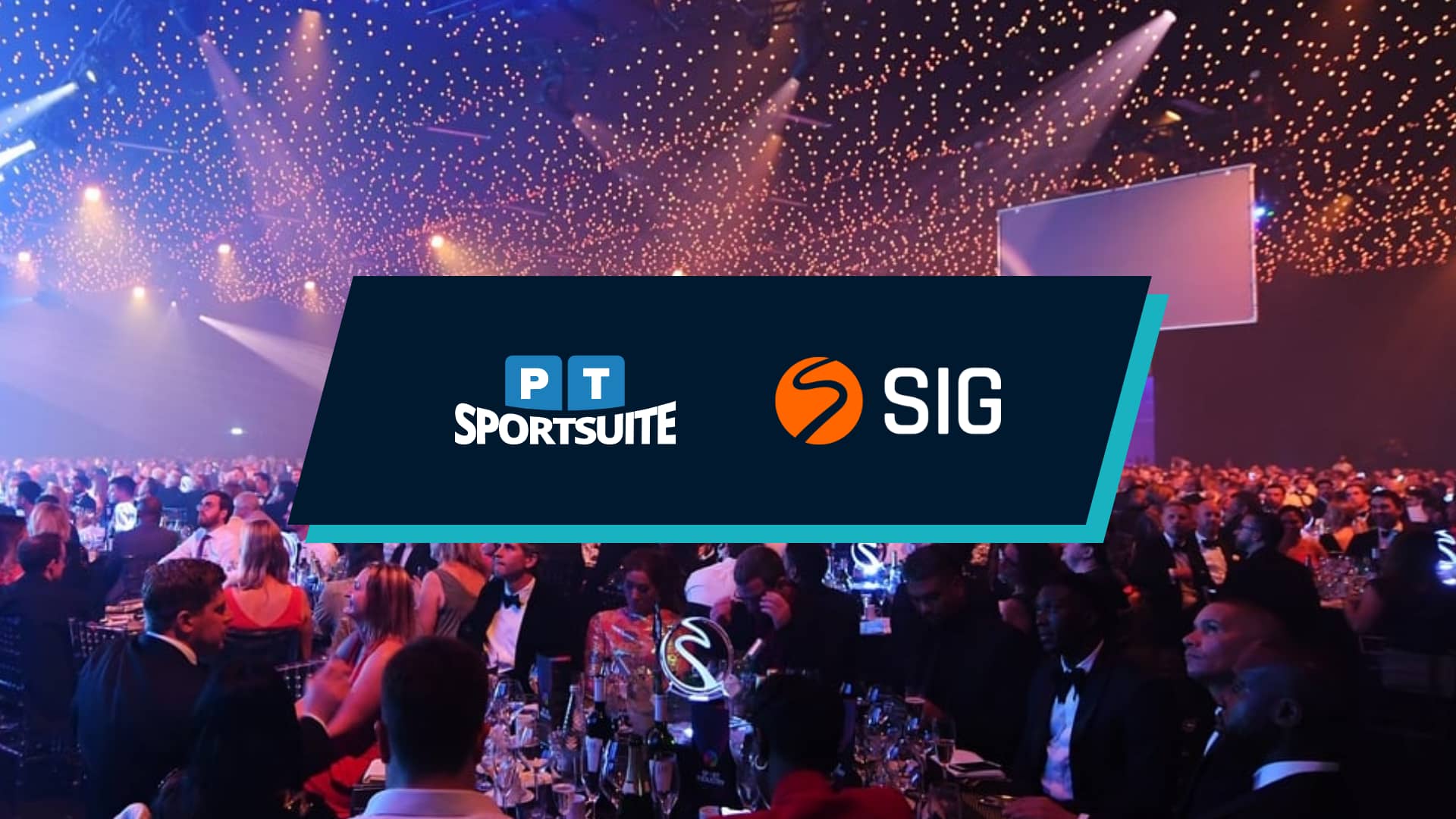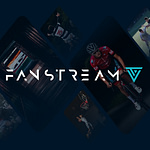After it was confirmed that PT SportSuite would be taking its place as category partners at the prestigious annual Sport Industry Awards for a fourth year – Sport Industry Group sat down with PT CEO Rich Cheary to chat about PT’s journey in the sports space since its launch in 2019, and some of the top digital trends to look out for …
Why the decision made to continue your partnership with the Sport Industry Awards?
After signing Bristol Sport as our first client in sport at the back-end of 2019, we were looking to establish long-term media partnerships to help us share our experiences and also ideas directly with the sports market.
When we started looking around, there seemed to be a strong consensus that SIG, and by extension the Sport Industry Awards, was highly respected within the sports technology industry.
It’s a relationship we value and, of course, we’ve had some fantastic evenings connecting with our colleagues and friends at the Awards, with a sense of pride and contribution towards a community that is dynamic, full of energy and ambition.
You mentioned your first partnership in sport – with Bristol Sport. What lessons have you learnt about the sportstech space through this association?
Bristol Sport was a superb first introduction to the nuances of sports, as they had Bristol City FC, Bears Rugby, Flyers Basketball, Bristol Sport Foundation and Ashton Gate as a venue all within one group. This exposed us to multiple sources of content, stats, brands, along with a shared common philosophy around media workflow, single customer record and centralised publishing, analytics, commerce and advertising capabilities. The PT team learned there is value in the consolidation of all digital assets, brands and services across a common and compliant set of technologies.
Covid-19 caused a seismic shift in sports organisations’ digital focus and roadmap. How did you feel the pandemic shaped the future outlook and development roadmap for sports tech partners like yourselves for the long-term?
As a team we monitor and track numerous digital trends in sport, and have clearly observed increased investigation, adoption, activation and implementation across cloud archives, media collaboration, community engagement and video streaming – all of which are mainly aimed at unearthing new commercial value and audience insight.
PT has been able to respond well to said trends, and continued along our modular approach, allowing organisations to scale and extend their capabilities in an organised and risk free manner.
When looking at PT’s current partner portfolio, it’s clear you lean towards multi-brand, or multi-tenant associations and leagues over a single brand, club or entity. Why?
Our roots as a business are in digitally enabling traditional media groups, where we worked in collaboration with publishers for over a decade to develop and shape our media ecosystem and suite of products – upon which our PT SportSuite offering is based. This meant architecting our solutions in a modular way that could be efficiently scaled across multiple brands or publications and organisational structures.
Our “super strength” is the ability to scale our platforms in a staggered fashion. When we moved into sport, we realised this would be of huge value to leagues, federations, associations and tournaments with multi-team hierarchical structures
This has become our “super strength” in a way – the ability to scale our platforms in a staggered fashion. When we moved into sport, we realised this would be of huge value to leagues, federations, associations and tournaments with multi-team hierarchical structures. This is especially true when you look at world or regional associations that are mandated to provide services that support and grow the national associations or brands that fall under their umbrella.
What do you see as the biggest focus for rights-holders in the next 2-3 years?
The new broadcast deals we are seeing between broadcasters and certain premier leagues is exciting, with clubs being allowed to sell PPV streams of some home games per season via their own streaming platforms.
That points to the direction I see sports organisations heading to maximise the value of their co-owned media rights – with the focus on creating a D2C transactional relationship with fans outside of the traditional areas – ticketing and merchandise.
Live matches will obviously remain the main value proposition but there is a huge opportunity to monetise non-live content, or any content that is not a live match – whether that’s related to live matches or not – that’s produced in-house and falls outside of the broadcast agreement.
How can rights-holders achieve that?
I think a critical first step for any sports organisation and/or rights-holder is to get that high-level internal conversation that takes stock of how well positioned you are to operate as a D2C broadcaster of content.
Before any tech or platform considerations, ask yourself the questions: What are my broadcast rights? What is my internal team capacity to be able to consistently produce non-match related behind-the-scenes content that fans crave? How much do I know about the value of my historical media assets and how accessible are they?
Answering these questions will inform the next step, which is finding a technology partner like PT SportSuite and potentially a platform sponsor to put the branded platforms in place. In that regard I’d say the key technical considerations to make are scalability to adapt to increased demand and audience growth, and integration with a cloud media library enriched with AI services to assist with classification and searchability to get the maximum value out of existing and incoming media assets.
This article first appeared on www.sportindustry.biz
Chat with us! The PT team would like to hear about your organisation’s plans to meet the latest digital trends in sportstech.



